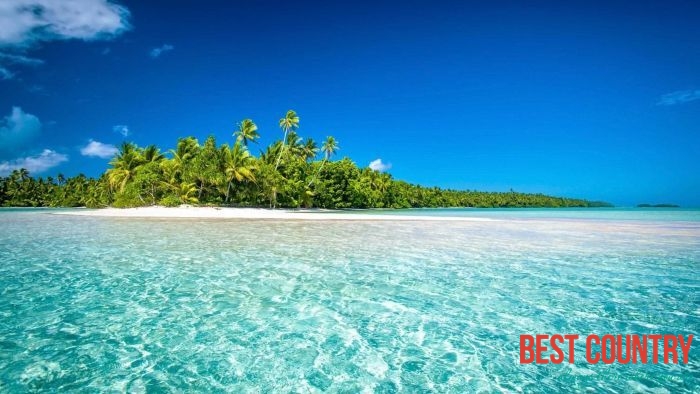Tuvalu
Tuvalu — Festivals and Events
Tuvalu has a very small population. In fact, its population numbers are only beaten by the Vatican City as the smallest populated sovereign nation in the world. This means there is not much opportunity for grand festivals, although when the Tuvaluans do come together, they put on a wonderful display of happiness. Most of the festivals are centered on traditional public holidays, such as New Year’s Day and Independence Day; although particularly unique holidays include Bomb Day and Hurricane Day.
Administrative divisions of Tuvalu
The Islands of Tuvalu consist of six atolls and reef islands. The smallest, Niulakita, was uninhabited until it was settled by people from Niutao in 1949.
Climate of Tuvalu
Tuvalu experiences westerly gales and heavy rain from October to March, the period that is known as Tau-o-lalo, with tropical temperatures moderated by easterly winds from April to November.
